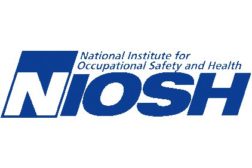Home » Total Worker Health
Articles Tagged with ''Total Worker Health''
From the NIOSH Director's Desk
Public invited to comment on workplace tobacco policy
Smoking still permitted in many workplaces
August 18, 2014
Reflecting on Workers Memorial Day
NIOSH chief: “Our duty remains unchanged”
April 25, 2014
Total Worker Health concept goes global
NIOSH: “We are not alone” in our commitment
August 7, 2013
NIOSH provides free data on work-health connection
Effects of alternative shifts, hazardous exposures and more
June 27, 2013
Meeting today’s occupational safety challenges a topic at AIHce
Industrial hygienists urged to educate managers
May 23, 2013
Never miss the latest news and trends driving the safety industry
eNewsletter | Website | eMagazine
JOIN TODAYCopyright ©2024. All Rights Reserved BNP Media.
Design, CMS, Hosting & Web Development :: ePublishing






